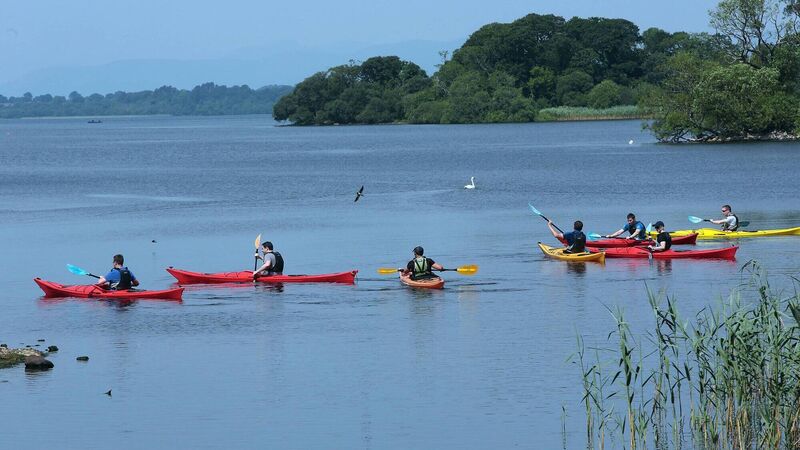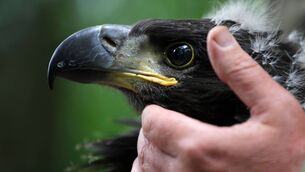Anja Murray: All is not well with Ireland's lovely lakes

Kayaking on Lough Lein, Killarney National Park. Lakes are a defining characteristic of Ireland but half of all Irish lakes fail the Water Framework Directive's ‘good ecological status’. Picture: Valerie O'Sullivan
It feels as though it's been raining almost non-stop for a few weeks now. Light showers, heavy downpours, and even some persistent heavy rain with strong winds. The meteorologists on the radio offer commiserations as they deliver the forecast in apologetic tones.
As much as we don’t want to hear it, rain is one of the things that makes Ireland so special. In most parts of the country, it rains more than 200 days a year. All this rainwater feeds the many streams and rivers; it soaks into the once vast absorbent peat bogs, and fills the more than 4,000 lakes that adorn the Irish landscape.








